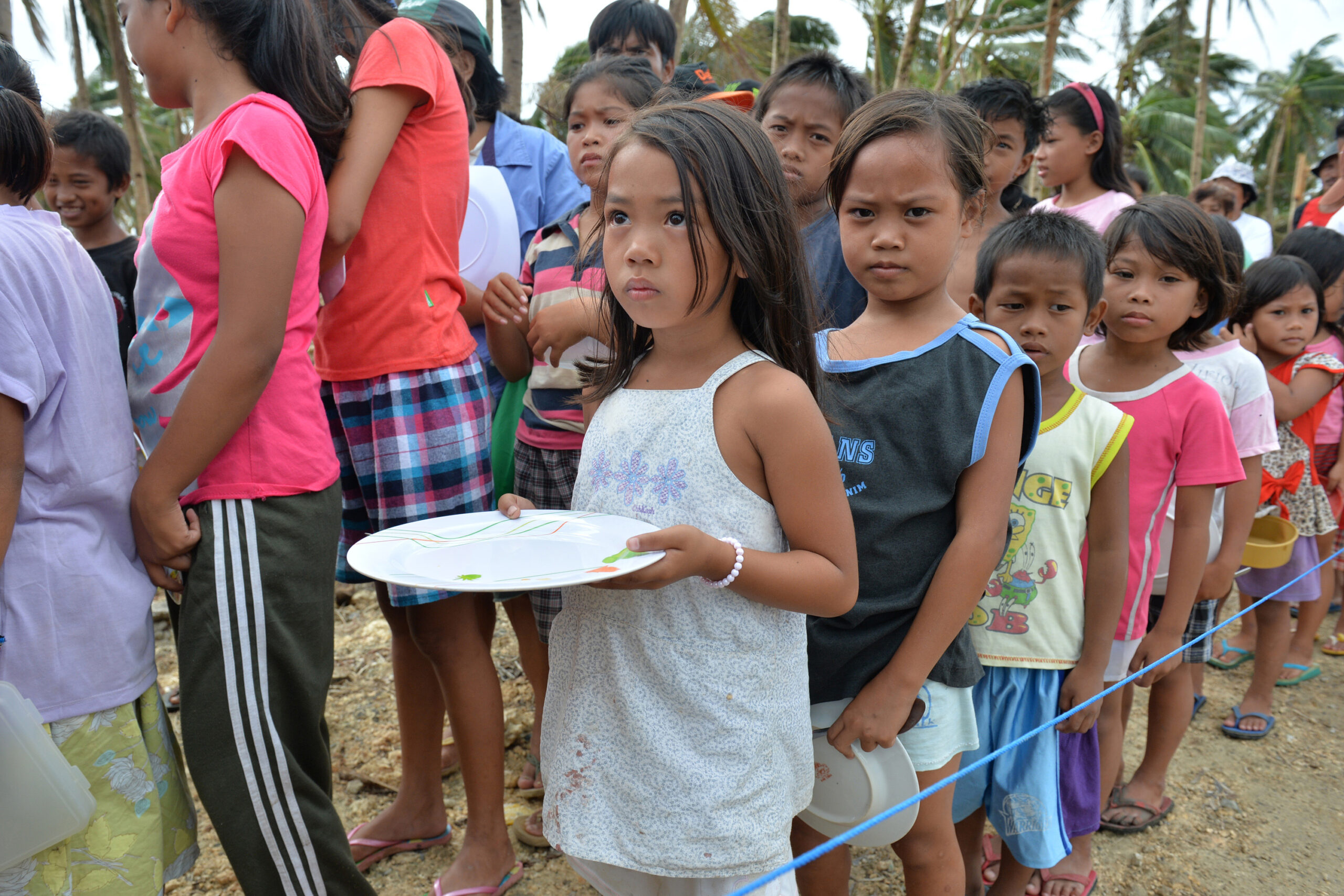Together with the ABA, the UHLC’s Center for Children, Law & Policy has published a book on the effect of the hurricanes of 2005 on children. It is filled with interdisciplinary insights about what happened to children in families, foster care, and the juvenile justice and educational systems. Our contributing scholars have a lot to say about how legal deficiencies inhibited the best short and long term responses and about how to achieve better outcomes the next time disaster strikes.
In my concluding chapter to the book, however, I follow an historical by-way. I argue that the broadest social policy lessons may be the most valuable ones of all. There are three types of responses that one might expect to a disaster that affects children as a discrete class and in large numbers:
(1) a fine-tuning of disaster response planning for children (such as information sharing manuals to be used in a crisis);
(2) an effort to seize the opportunity to promote agendas that have already been developed explicitly for children, but that have been languishing without much success (such as reform of the already devastated New Orleans school system); and
(3) a reaction that actually changes the parameters of the debate on social policy.
The third possibility explained why I was interested in writing about what happened to the children who were evacuated in Britain during WWII. Three major evacuations of children occurred in those years, mostly of children from poor families in the densely-populated industrial areas of England and Scotland. They left their homes to be “billeted” with rural householders, who were sometimes more affluent or culturally different from the children they hosted. It is estimated that some 4 million people, virtually all children and their caretakers, were evacuated. This great displacement of British children was an integral part of the civilian defense program in a war that was expected to bring aerial bombing to the great cities of Britain. It also was an exciting but frightening social experiment that became an iconic symbol of Britain’s wartime experience. As an historian of the origins of the welfare state, I once was taught that these evacuations constituted a societal turning point. When poor children were transplanted into the homes of more affluent families living outside of the great cities, the continuing secrets of persistent poverty were unveiled. This rediscovery of poverty fueled the demand for the post-war welfare state in Britain, including features such as National Health Service. Although historians subsequently concluded that this explanation is a little too simplified, it remains an important insight.
Contrast the British story to what happened in the wake of the Katrina and Rita devastation. The public policy effects of the revelations of poverty, poor education, and other social needs of the evacuees fleeing Katrina and Rita have been disappointing. There are lots of obvious differences between London in 1939 and New Orleans in 2005 that might be said to explain the contrast.
Great Britain was facing an external war that was expected to rain from the skies on their own civilian population, including millions of children. Indeed, the bombs eventually fell in terrifying quantities. The war at home required all kinds of adjustments, such as rationing and reallocation of responsibility (financial and otherwise) between local authorities and the central government. Britain had experienced the long years of unemployment and depression and reform was in the air even before the war. The Labour Party, with its democratic socialist agenda, won a sweeping electoral victory in 1945, much to the surprise of Winston Churchill who had led the wartime coalition. By contrast, in 2005 the United States was mired in increasingly unpopular overseas wars in Iraq and Afghanistan. It had experienced frightening terrorist attacks on New York and Washington (and in Pennsylvania) on 9/11/2001. The ruling administration conducted the resulting “war on terror” by asking for (and receiving from Congress) sacrifices of civilian privacy, individual rights, and long-standing judicial protections. The only “reform” that was in the air reflected a conservative agenda that less government is more, especially where the needs of the population are concerned (and except for the “war on terror”). The Labour Party overwhelmingly swept into power in Great Britain in 1945, determined to go further than the mild reform consensus that was already inevitable by 1943. In 2005 in the United States, on the other hand, there was a Democratic party that mostly voted for the “war on terror,” and was only beginning to gather its courage to demand deadlines for ending the shooting wars overseas. Moreover, as an alternative political party the Democrats lacked a clear domestic reform agenda in 2005. Even the scale of the movement of people and children was different: by the time World War II was over, evacuation involved 4 million civilians from urban centers in England and Scotland, consisting of children, their caretakers, mothers of preschool age children, and tens of thousands of other vulnerable populations. Katrina and Rita cut a swath through the Gulf Coast, affecting a handful of states (Louisiana, Mississippi, and Alabama) while leaving others untouched.
Recent events abroad and at home, however, may have changed the policy frame of reference for us in the United States today. We are in the midst of an ever-deepening recession and overseas wars that have led to much loss of life and treasure. A new administration has come into office with a new attitude and also with the burden of new hopes and expectations from the American people. Perhaps now we will be more receptive to some of the longer term lessons from the effects of disasters on our children.
The book is entitled CHILDREN, LAW AND DISASTERS: WHAT WE HAVE LEARNED FROM KATRINA AND THE HURRICANES OF 2005 (2008). It was organized and is edited by Professors Laura Oren and Ellen Marrus, together with Howard Davidson of the ABA.

